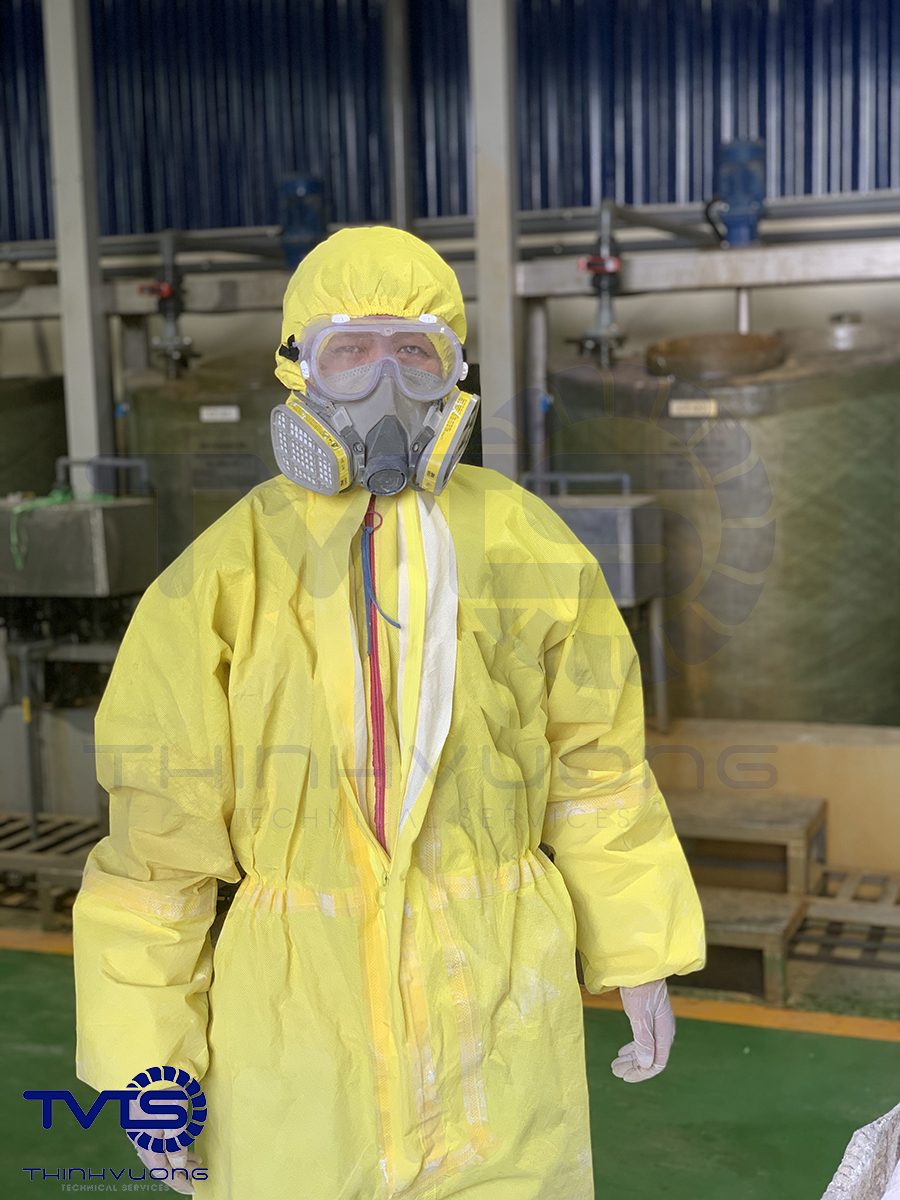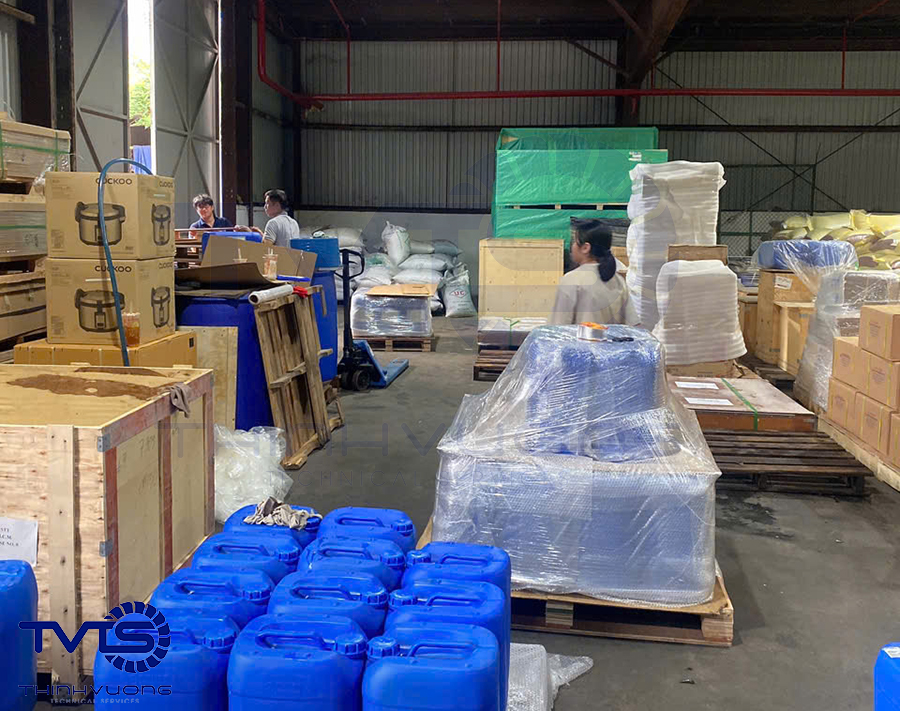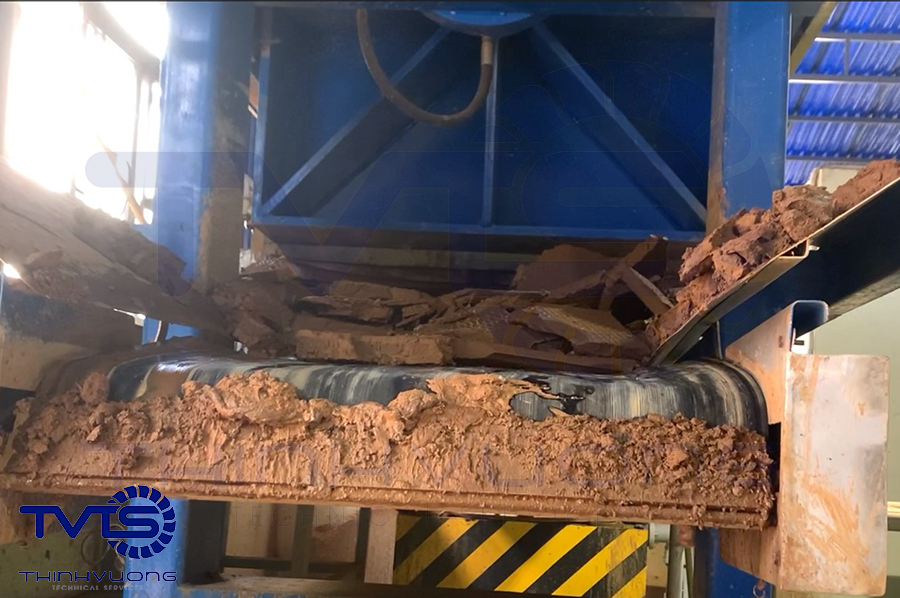Nội dung
1. Wastewater Treatment System Operating Costs
The wastewater treatment system operating costs will include the following types of costs:
1.1 Energy costs
- Electricity: Wastewater treatment systems require the use of many mechanical devices such as pumps, air compressors, blowers, and agitators to operate. Biological, chemical, and physical treatment processes also require electricity to maintain stable operation.
- Estimated Cost: Depending on the scale, treatment technology, and type of wastewater, electricity costs can account for 30% to 50% of total operating costs.

1.2. Labor costs
- Operating personnel: Includes costs for engineers, operators, and technicians. These personnel are responsible for operating the system, controlling the treatment process, and performing maintenance work, monitoring the quality of the output water.
- Training and skill development: There are costs to train employees, ensuring they are familiar with the treatment technology and safe operating requirements.
- Estimated costs: Personnel costs can account for 10% to 30% of the total operating costs, depending on the scale and number of employees required.

1.3. Operating chemical costs
- Treatment Chemicals: Wastewater treatment plants typically use a variety of chemicals to treat water, such as chlorine, polymers, alum, soda, or pH adjusters. Chemicals are used to remove contaminants, disinfect, and adjust the pH of wastewater.
- Estimated Cost: Chemical costs typically account for 10% to 20% of total operating costs, but can be higher if the wastewater requires special treatment, such as industrial wastewater.

1.4. Maintenance and repair costs, consumables
- Regular maintenance: The treatment system requires regular maintenance to ensure stable operation of equipment, from pumps, fans, to electronic equipment and piping systems. Replacing damaged components or maintaining equipment is necessary to prevent major problems.
- Equipment repair and replacement: When equipment breaks or wears out after a long period of use, it needs to be repaired or replaced to avoid interrupting the treatment process.
- Estimated cost: Maintenance and repair costs can account for 10% to 20% of total operating costs.
1.5. Sludge management costs
- Sludge collection and transportation: Sludge from water treatment processes must be collected and transported to specialized sludge treatment facilities or disposal sites.
- Sludge treatment: Some treatment plants can perform their own sludge treatment processes (e.g. sludge pressing, sludge drying), while others must outsource sludge treatment.
- Estimated costs: Sludge management costs account for approximately 5% to 15% of total operating costs.

1.6. Monitoring and analysis costs
- Water quality analysis: Wastewater treatment plants need to continuously monitor water quality parameters such as BOD, COD, TSS, pH, etc. and other indicators to ensure that the treated wastewater meets standards.
- Measuring equipment: Measuring devices and sensors need to be calibrated and maintained regularly to ensure accuracy.
- Estimated cost: The cost of monitoring and analyzing water quality usually accounts for 5% to 10% of the total operating cost.

1.7. Management and administrative costs
- Management costs: Including administrative costs, paperwork, licensing fees, and procedures related to compliance with environmental protection regulations.
- Service costs: If the treatment plant hires outside management or technical consulting services, there will be additional costs for these services.
- Estimated costs: Administrative management costs account for about 5% to 10% of total operating costs.

1.8. Cost of investment in high-tech equipment
- Advanced technology: If the treatment plant uses modern technologies such as membrane biofiltration (MBR), UV filtration technology, or automation systems, the initial investment and maintenance costs of these technologies can be high.
- Long-term efficiency: However, advanced technologies often help reduce long-term operating costs, increase treatment efficiency, and save energy.
2. Summary of Factors Affecting Operating Costs
2.1 List the main factors affecting the operating costs of water treatment systems
- Plant size: Large wastewater treatment plants can save costs due to economies of scale, while small plants have higher costs per m³ of wastewater.
- Treatment technology: Complex and advanced technologies have higher investment and maintenance costs but can help reduce energy costs and increase treatment efficiency.
- Wastewater quality and type: Domestic wastewater is often easier to treat than industrial wastewater, so the cost of treating industrial wastewater is often higher.
2.2 Table of estimated operating costs for some types of wastewater at TVTS
This value table will vary depending on the main influencing factors (section 2.1).
(Đơn vị: VNĐ/m3)
| STT | Type of wastewater | Capacity (m3/day) | Chi phí vận hành (VNĐ) |
| 1 | Hazardous wastewater (TDS<60,000ppm) | 200 | 100.000 – 200.000 |
| 2 | Leachate (TDS < 30,000 ppm) | 200 | 60.000 – 100.000 |
| 3 | Industrial wastewater (TDS<30,000 ppm) | 200 | 20.000 – 40.000 |
| 4 | Reuse water in production | 200 | 10.000 – 15.000 |
| 5 | No liquid waste discharge | 200 | 100.000 – 600.000 |
| 6 | Water supply for production | 200 | 5.000 – 10.000 |
| 7 | Domestic wastewater | 200 | 2.000 – 5.000 |
Note: Operating cost (VND) is the total cost including electricity, chemicals, labor, maintenance and servicing costs.
2.3 Cost estimate table by wastewater type and total capacity
(Unit: VND/m3)
| Type of wastewater | Capacity (m³/day) | Electricity | Chemical | Labor | Maintenance | Total |
| Domestic wastewater | ≤50 | 2.500 | 5.000 | 3.000 | 1.000 | 11.500 |
| 100 – 200 | 2.200 | 4.000 | 2.000 | 1.000 | 9.200 | |
| 300 – 500 | 2.000 | 3.500 | 1.700 | 800 | 8.000 | |
| 600 – 1.000 | 2.000 | 3.000 | 1.500 | 600 | 7.100 | |
| >1.000 | 2.000 | 2.500 | 1.200 | 500 | 6.200 | |
| Textile wastewater | 100 – 200 | 4.000 | 13.000 | 4.000 | 2.000 | 22.500 |
| 300 – 500 | 3.000 | 10.000 | 3.000 | 1.500 | 17.500 | |
| 600 – 1.000 | 3.000 | 8.000 | 2.500 | 1.300 | 14.800 | |
| >1.000 | 3.000 | 7.000 | 2.000 | 1.000 | 13.000 | |
| Hospital wastewater | ≤50 | 3.000 | 4.000 | 2.000 | 1.000 | 10.000 |
| 100 – 200 | 2.500 | 3.500 | 2.000 | 1.000 | 9.000 | |
| 300 – 500 | 2.500 | 3.000 | 1.500 | 800 | 7.800 | |
| 600 – 1.000 | 2.000 | 3.000 | 1.500 | 600 | 7.100 | |
| >1.000 | 2.000 | 2.500 | 1.200 | 500 | 6.200 | |
| Food wastewater | ≤50 | 3.000 | 5.000 | 3.000 | 1.000 | 12.000 |
| 100 – 200 | 2.500 | 4.500 | 3.000 | 1.000 | 11.000 | |
| 300 – 500 | 2.500 | 4.000 | 2.500 | 1.000 | 10.000 | |
| 600 – 1.000 | 2.000 | 3.500 | 2.000 | 700 | 8.200 | |
| >1.000 | 2.000 | 3.000 | 1.500 | 500 | 7.000 |
Note: The value table is applied to column B, QCVN wastewater output. Costs may vary depending on the nature of the input wastewater and actual output water standards.
3. Propose some options to save operating costs based on the nature of the input wastewater and actual output water standards.
- Should choose to use low-energy and chemical-consuming technology, prioritize high technology to reduce costs and protect the environment.
- Use automatic systems to reduce labor costs and increase operating efficiency.
- Regular maintenance according to plan, thereby ensuring efficient operation of equipment, extending life and reducing repair costs.
- Reduce sludge treatment costs by choosing sludge treatment technology directly from wastewater
Optimizing the operating costs of a wastewater treatment plant requires a harmonious combination of many factors. Such as technology, system operation and maintenance management, etc.



